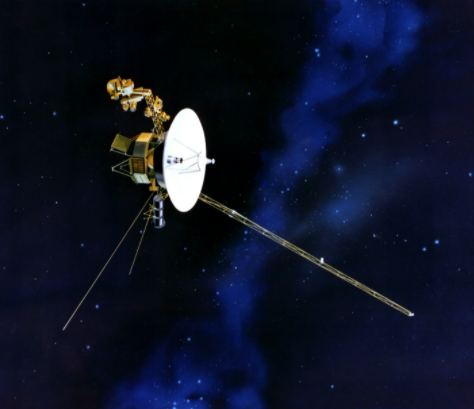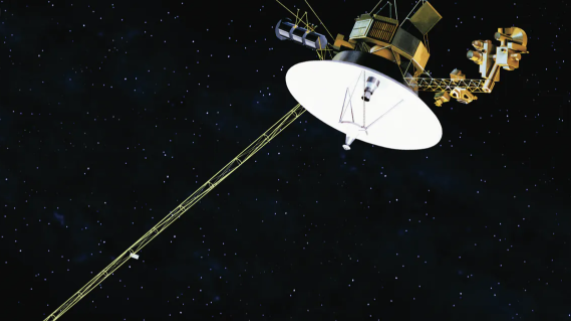The year 2020 has been a difficult and stressful time for everybody on Earth. The magnitude of this pandemic has not been seen in a hundred years and social distancing now has a new meaning. That is why there is a rule stating that everybody has to be 6 feet apart from each other. However, that doesn’t seem far enough. How about 20 feet? Still too short! 100 feet? Still to close! How about 151 astronomical units (AU)!
Jokes aside, while there is no living being that ever traveled such a distance, The Voyager Space Probes have. Their creation came from humanity’s curiosity of the great beyond, outer space. During the 1970s, the rare scenario of Jupiter, Saturn, Uranus, and Neptune being aligned came into play. NASA wanted to take this opportunity to have a “grand tour” of the solar system and be up close to these giant gas planets. In the year 1977, the Voyager 1 and Voyager 2 were launched and from there we received the first high resolution pictures of these majestic planets. While the Voyagers were created mostly for this reason, it then involves going beyond our solar system, exploring unknown regions of our galaxy, and potentially be the key to finding extraterrestrial life.
The Original Mission and How It Evolved:
As stated before, the four gas planets were aligned in a way that would allow a “trip” past the four planets in the shortest amount of time. This alignment only happens every 175 years, so NASA wanted to take advantage of this rare scenario. While it’s possible to have a trip that will reach all four planets, it was considered too expensive, so it was toned down to just Jupiter and Saturn. The mission was to flyby Jupiter, it’s largest moon lo, Saturn, and it’s largest moon Titan. The planners would use the gravity assist of Jupiter to increase its speed and refine its direction. NASA built two spacecraft for this mission, Voyager 1 and Voyager 2. While scrapping the idea for the first Voyager, the second one had the option to flyby Uranus and Neptune. On August 20, 1977, Voyager 2 was launched and on September 5, 1977, Voyager 1 was launched. Throughout the next decade, the two Voyagers would return photos and data about the planets, providing new details about these gas giants. Voyager 2 would end up going beyond the original mission and returning data about Uranus and Neptune, while Voyager 1 kept moving until it left the magnetic grasp of the Sun. On August 25, 2012, Voyager 1 entered interstellar space, making it the first man-made object to make it there. Voyager 2 would catch up and enter interstellar space on November 2018. The mission has now been changed to the “Voyager’s Interstellar Mission.”
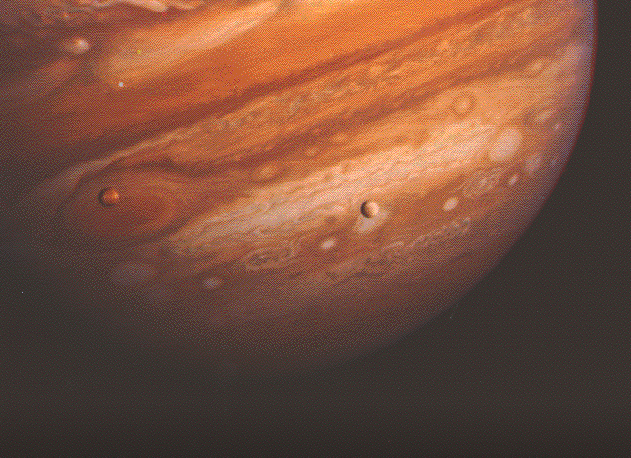
Jupiter and it’s moons 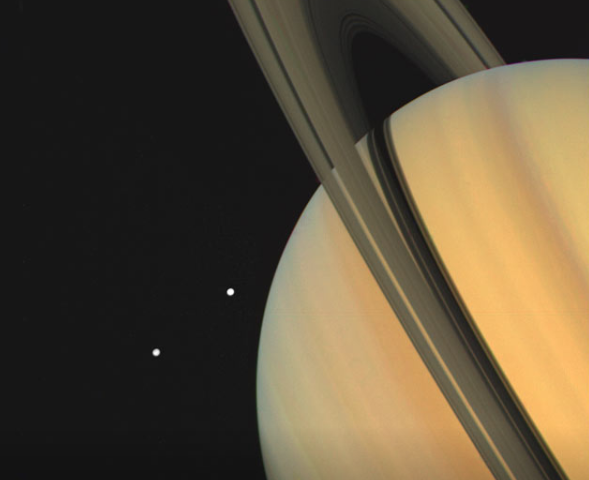
Saturn and it’s moons 
False color view of Uranus 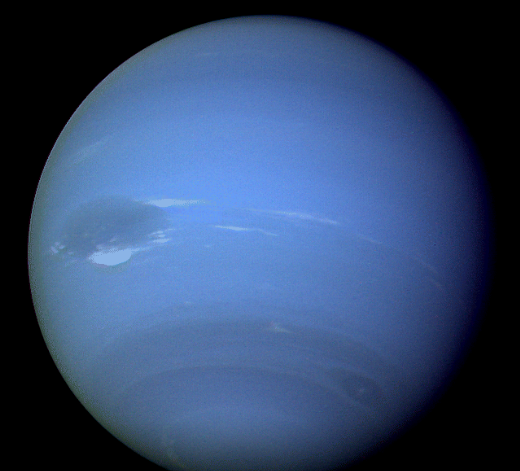
Voyager Image of Neptune
The Record That Will Preserve Earth’s Story:
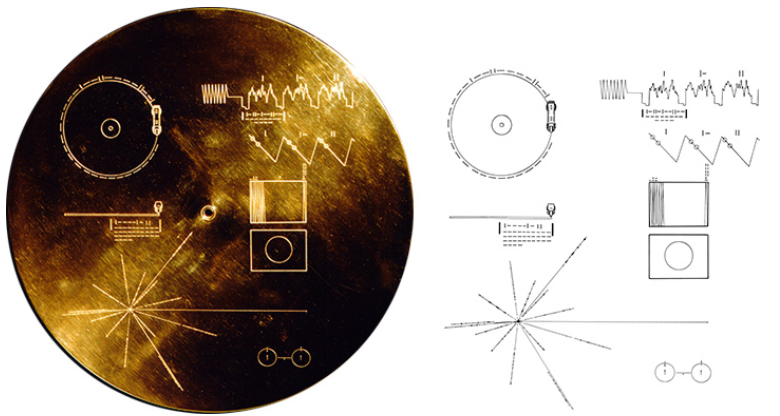
While the original mission was about getting close to the other planets in our solar system, another aspect of the mission had a more sci-fi ring to it. Since the Voyager’s would keep moving forwards well after the mission, there was a chance that extraterrestrial life forms or aliens would find the spacecraft. If this encounter were to happen, NASA wanted to show these lifeforms a bit about our planet Earth. This is where the creation of the golden record came to be. The gold plated record was built with uranium-238, which will allow it to survive for half of 4,468 billion years. When developing the cover, visual directions on how to play the record was inscribed. The instructions include where to position the stylus and the correct time of rotation. The contents of the record have material about the planet Earth and humanity as a whole. These include the solar system, math equations, the human anatomy, pictures of human activities, classical music, Earth sounds, Earth locations, greetings in 55 different languages and much more. This record contains the story of Earth and it’s what represents us to any intelligent lifeforms that might encounter it.
Images on the Golden Record:
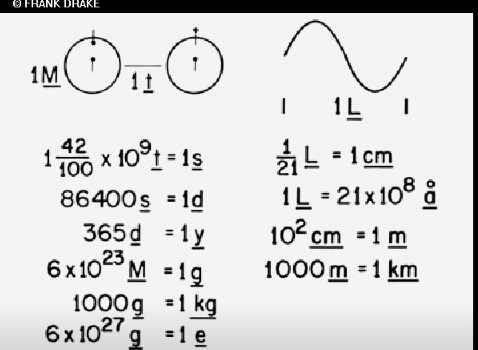
Physical Unit Definitions 
Demonstrations on licking, eating, and drinking 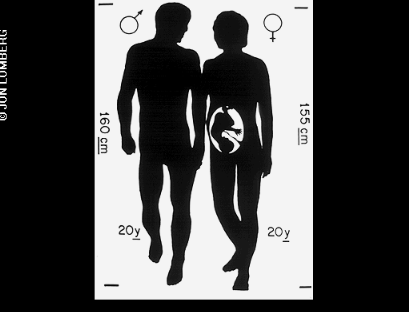
Diagram of a male and female human 
Picture of Heron Island
Sounds on the Golden Record:
Volcanoes, Earthquake, Thunder
Where Is It Now?
It has been 43 years since the launch of the Voyagers. It is the farthest man made object from Earth ever and is the first spacecraft to reach interstellar space. Unfortunately, the Voyager’s fate is starting to become unclear. On the Voyager 1, four out of the ten scientific instruments are still on, with five working on the Voyager 2. The cameras have also been turned off, with the last photo ever taken by the Voyager being called the “Solar System Portrait.” It also has become more difficult to communicate with it over the years. The sound waves produced by the probe become more faint over time and it takes longer for the information to be retrieved. The Voyager will also be deemed useless as it’s nuclear reactors that are powering it will be exhausted and there will be no way to communicate with it. When that happens, the Voyager’s whereabouts will be unknown. Scientists estimate that it will reach the Oort Cloud, left over debris from the creation of the solar system in 300 years. Scientists also predict that it will encounter the star, Gliese 445, 40,000 years from now. Finally, the probes would finally complete its first circumnavigation of the galaxy, 200 million years from now, if the galaxy even loops at all. The Voyager has already outlived its creators and it might even outlive the entire human species. The Voyager and the golden record it holds will be the only remnant of humanity. This will be the legacy that outlives all other legacies and while it is not the most talked about topic, even in science discussions, eventually it will be the only thing about humanity to talk about.
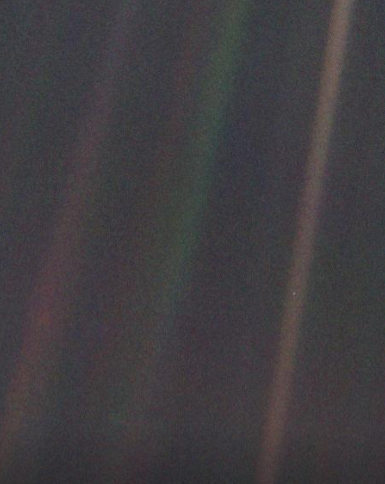
The last photo taken by the Voyager
Can you spot Earth? (It’s the blue dot)
To learn more about the Voyagers, visit NASA’s official website:
